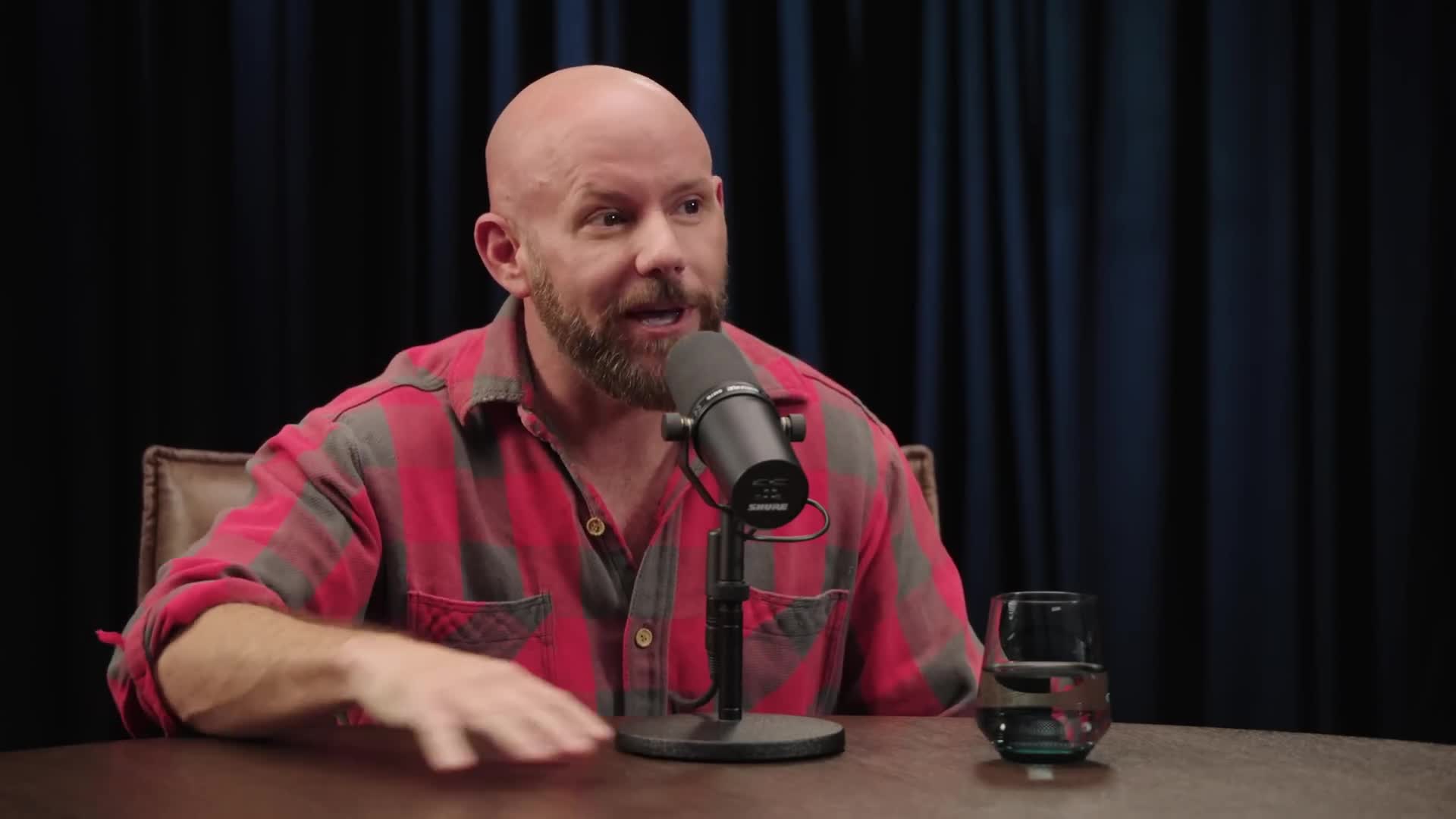Patient Care
What are the key challenges primary care physicians face in the current healthcare system?
In today's healthcare ecosystem, primary care physicians face severe time constraints, averaging only six minutes per patient consultation. This limited time prevents clinicians from running necessary diagnostic tests, prescribing optimal medications and treatments, or challenging insurance company decisions. Physicians are overwhelmed by the requirement to see approximately 40 patients daily, creating an environment where they're discouraged from asking important questions or conducting thorough investigations. As the speaker notes, "we can't cure what we can't see and we can't see what we refuse to investigate." These systemic obstacles create a dysfunctional healthcare environment where proper diagnosis and treatment are compromised.
Watch clip answer (00:54m)Why is government regulation needed in fertility clinics?
Government regulation is needed in fertility clinics because they are currently largely unregulated, which can lead to serious mishaps like Christina's situation at Coastal Fertility. Her case represents one example of the potentially devastating errors that can occur in these facilities without proper oversight. Christina's attorney emphasizes that such incidents highlight an urgent need for government intervention to establish standards and accountability in fertility treatments, ensuring these traumatic mix-ups do not happen to other families in the future.
Watch clip answer (00:16m)What changes were made to Pope Francis' treatment after his CT scan results?
After a CT scan revealed bilateral pneumonia in Pope Francis, the Vatican announced his treatment plan was being modified. The change included additional drug therapy to address the serious respiratory condition. As part of his recovery process, the Vatican canceled several public engagements, including a papal audience scheduled for Saturday and Sunday Mass attendance. While focusing on rest and recovery, the Pope's participation in his weekly prayers remained undecided at the time of the announcement.
Watch clip answer (00:21m)What are the dual nature and safety concerns of prescription drugs?
Prescription drugs present a critical duality in healthcare - they can save lives while simultaneously posing serious risks. As Melber emphasizes, these medications can prove addictive or potentially fatal if not properly vetted for safety considerations. The transcript highlights the essential balance required in pharmaceutical regulation, where thorough safety vetting processes are necessary before medications reach patients. Melber points out that without proper oversight, prescription drugs that could benefit patients might instead cause harm, underscoring why rigorous FDA evaluation and continued monitoring are fundamental to public health protection.
Watch clip answer (00:21m)What is the current health condition of Pope Francis?
Pope Francis has been diagnosed with pneumonia affecting both lungs and has spent five nights in the hospital. According to the Vatican, he was admitted last week due to breathing difficulties but had a peaceful night in the hospital. This dual-lung pneumonia diagnosis indicates the seriousness of the Pope's condition, though the Vatican's report of a peaceful night suggests some stability in his recovery process.
Watch clip answer (00:15m)What did you see in Gaza's functional hospitals and what is most urgently needed to help the medical sector operate under severe circumstances?
Dr. Christopher Holden reports from the NASA hospital in Gaza, where he is working alongside local doctors as a representative of panspa, an Australia and New Zealand based organization. His observations highlight critical shortages in medical supplies, including essential medications and surgical instruments. The hospitals face severely inadequate resources and facilities, making it difficult to provide proper patient care amid the ongoing humanitarian crisis. Despite these challenges, the resilience of local healthcare workers continues as they struggle to maintain some level of medical services under extremely difficult conditions.
Watch clip answer (00:19m)




